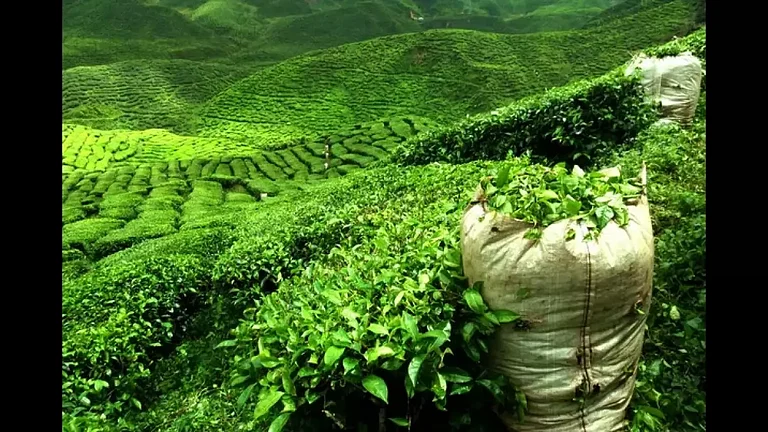The India Meteorological Department (IMD) forecast above-normal rainfall in the upcoming southwest monsoon season on April 15, offering hope for the country’s agriculture-based economy.
IMD Predicts Strong Monsoon in 2025: What It Means for Agriculture and Economy?
A strong monsoon forecast brings optimism for agriculture, rural demand and inflation control across the country
The southwest monsoon spans from June 1 to September 30.
The IMD predicted that large parts of Tamil Nadu and the northeastern region may receive below-normal rainfall. While the rain-deficient parts of Marathwada and adjoining Telangana are expected to receive above-normal showers.
"India is likely to see above-normal rainfall in the four-month monsoon season (June to September), with cumulative rainfall estimated at 105% (with a model error of 5%) of the long-period average of 87 cm," M Ravichandran, Secretary in the Earth Sciences Ministry, told a press conference in New Delhi.
He said that of all the global factors that influence monsoon rainfall over India, two will have a neutral impact, and one will have a positive impact on rainfall this year.
Factors like El Niño and Indian Ocean Dipole patterns, along with decreased snow cover across Eurasia and the Northern Hemisphere are responsible for favourable conditions for normal monsoon this year, reported The New Indian Express.
"There is a 30% chance of normal rainfall, a 33% chance of above-normal rainfall, and a 26% chance of excess precipitation during the monsoon season," IMD Director General Mrityunjay Mohapatra said.
According to the IMD, rainfall between 96% and 104%of a 50-year average of 87 cm is considered 'normal'. Rainfall less than 90% of the long-period average is considered 'deficient', between 90% and 95% is 'below normal', between 105% and 110% is 'above normal', and more than 110% is considered 'excess' precipitation.
Impact on Agriculture and Economy
The monsoon is crucial for India's agriculture sector, which supports the livelihood of about 42.3% of the population and contributes 18.2% to the country's GDP.
According to Reuters, good rainfall helps keep food prices in check, curbs inflation and enables India—the world’s largest exporter of rice—to ship more of the staple.
Aditi Gupta, economist at Bank of Baroda told Reuters that steady agricultural growth will boost rural consumption and keep inflation near the Reserve Bank of India’s estimate. This will enable flexibility in rate cuts amid global volatility.
On April 9, the RBI lowered its key repo rate for a second consecutive time and changed its monetary policy stance, signalling further cuts as it seeks to boost the sluggish economy in the face of fresh US tariffs.
"While a further 50 basis points cut is almost a certainty, even more rate cuts are not ruled out if retail inflation remains below 3.5% levels," Madhavankutty G, Chief Economist at Canara Bank told Reuters.
India's retail inflation in March eased to 3.34%, the slowest pace in over five years, as food prices continued to soften, reported Reuters.
"Above-average rains for the second year will help New Delhi increase sugar, rice and onion exports. It will also help reduce edible oil imports," a Mumbai-based dealer with a global trade house told Reuters.
(With inputs from PTI.)
